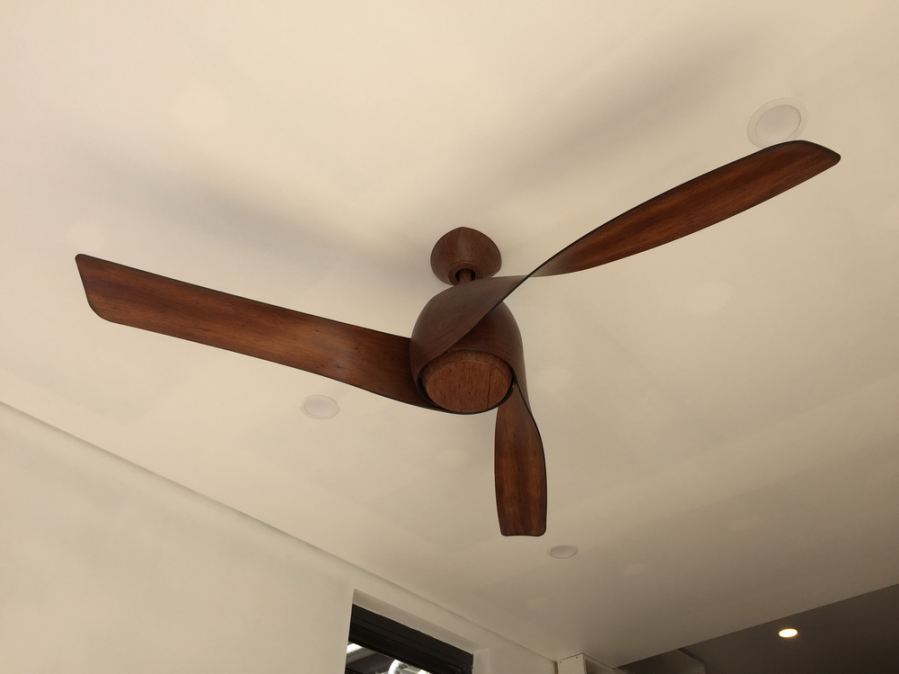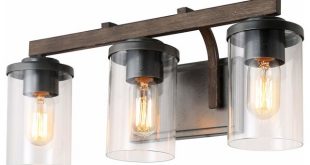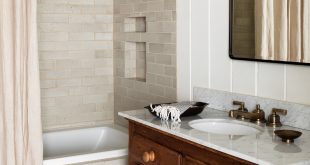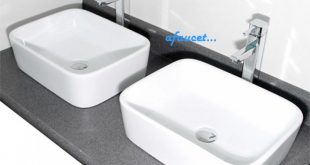Bathroom fan with light – Its bottom-up aerodynamic shape maximizes air movement as it minimizes the power-consuming turbulence that reduces the efficiency of the fan. Because these shaped blades do more work with less effort, they work well with a smaller engine. Flat blade fans can also be effective, but they don’t match the high performance of these unique blades at cfm per watt.
When the summer air becomes calm, an artificial breeze on a veranda or terrace provides welcome cooling. And can even blow away mosquitoes. These fans, also known as ceiling fans, have sealed housings and electrical components that can withstand moisture and humidity. There are two types: they are certified for damp but covered places like porches, garages and basements and for damp, exposed places like decks, pergolas and patios.
Take it outside! Note that outdoor fans need to move higher amounts of air than indoor models – at least 6,000 cfm. To keep bugs out, you should use at least 8,000 cfm. In the coastal areas, look for ABS plastic blades and plastic or marine grade stainless steel housings that make salt air liquid. If you’re replacing a ceiling light with one of these, get a model with a remote control.
 goodworksfurniture Decoration and home design ideas
goodworksfurniture Decoration and home design ideas












